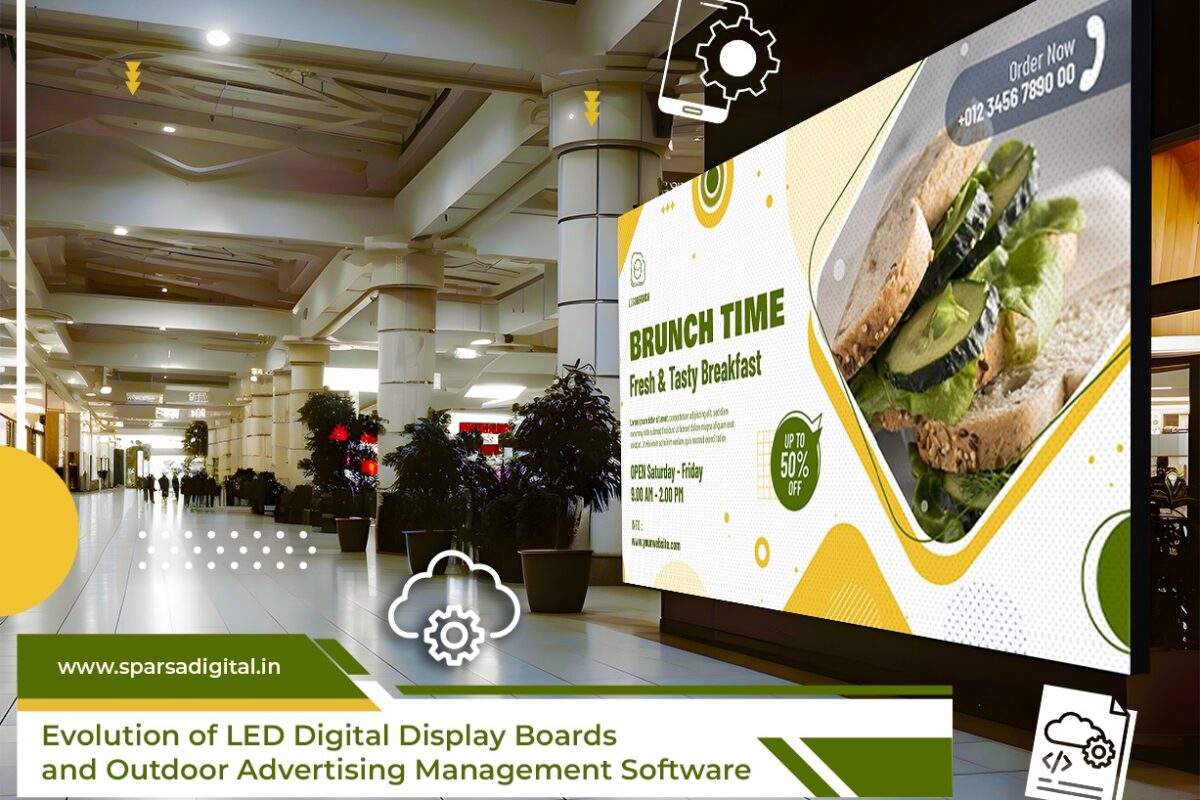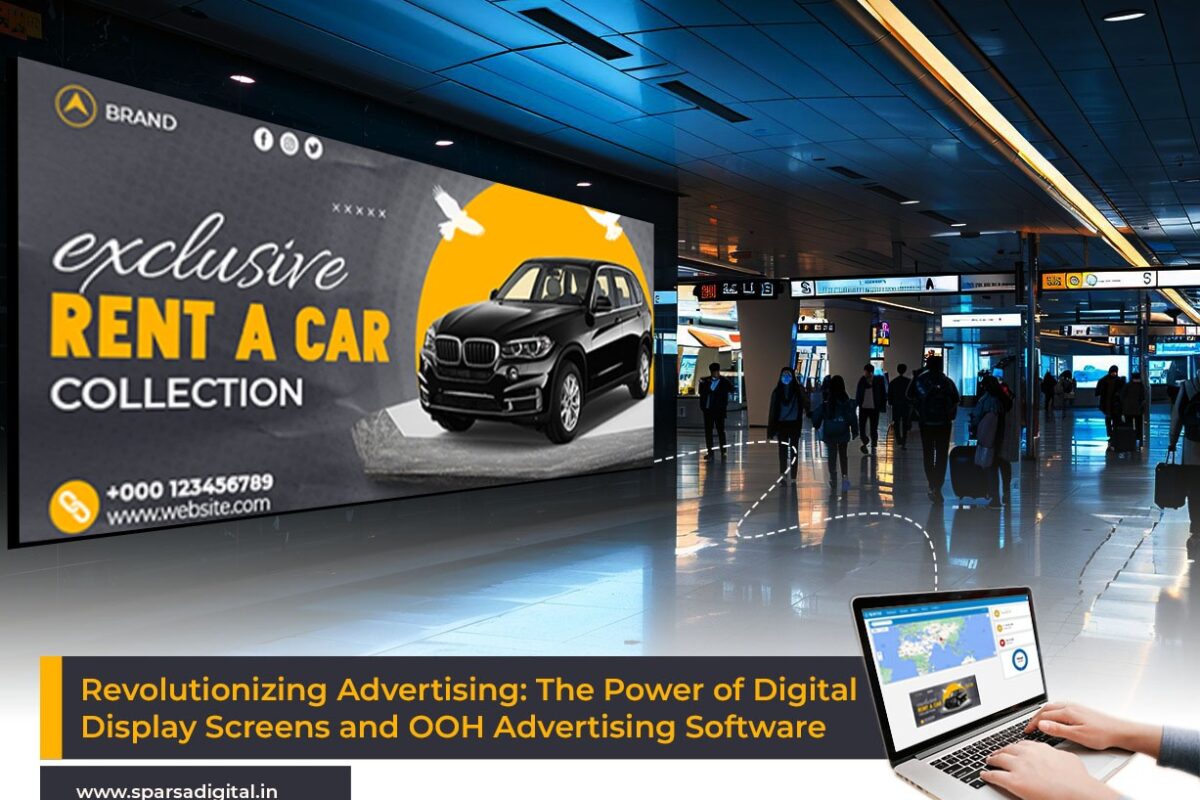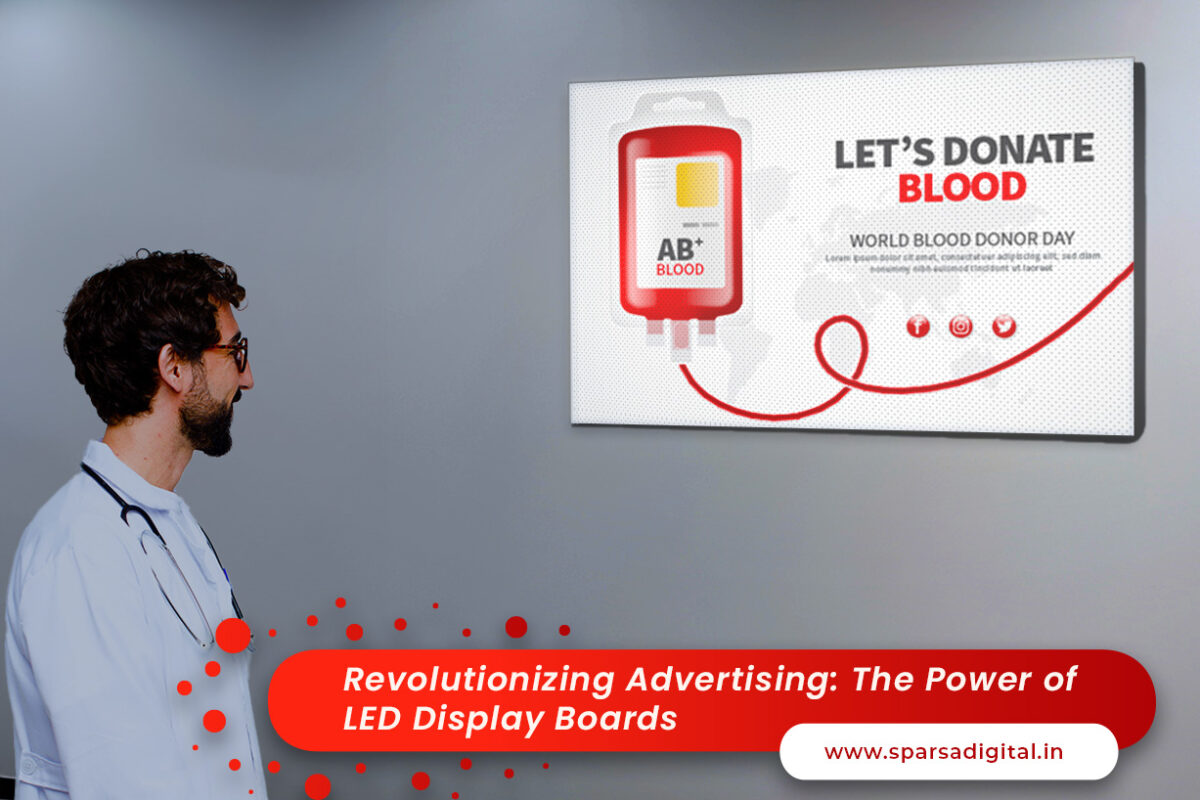A Modern Twist on Traditional Advertising
In the dynamic landscape of advertising and brand promotion, staying ahead of the curve is essential. Traditional methods of marketing, though effective in their time, often struggle to capture the attention of today’s tech-savvy audience. Enter the digital standee display – a contemporary solution that combines the charm of physical advertising with the versatility of digital technology. Let’s explore how this modern twist on a classic concept is revolutionizing brand visibility.
The Evolution of Digital Standee Displays
Once relegated to static images and printed posters, standee displays have undergone a remarkable transformation. Gone are the days of static content that fails to engage passersby. In its place, digital standees offer vibrant visuals, dynamic content, and interactive experiences that command attention in any setting.
Embracing Digital Dynamism
The allure of digital standees lies in their ability to captivate audiences with dynamic content. From eye-catching animations to high-definition videos, these displays offer a canvas limited only by imagination. Whether showcasing product features, highlighting promotions, or telling compelling brand stories, digital standees provide the flexibility to adapt content on-the-fly, ensuring relevance and resonance with the target audience.
A Frame Digital Standees: Where Style Meets Substance
The aesthetics of advertising play a crucial role in brand perception. A frame digital standees marry form and function seamlessly, elevating the visual appeal of any space they inhabit. With sleek, minimalist designs and customizable frames, these displays effortlessly blend into diverse environments, from bustling trade shows to elegant retail stores. By harmonizing with the surroundings while commanding attention, a frame digital standees make a bold statement about brand identity and sophistication.
Interactive Engagement: Making Every Interaction Count
In the age of interactivity, passive advertising no longer suffices. Digital standees empower brands to foster meaningful engagements with their audience. Touchscreen capabilities invite users to explore product features, access exclusive content, or participate in immersive experiences. By transforming spectators into participants, digital standees forge deeper connections and leave a lasting impression long after the initial interaction.
The Power of Data-driven Insights
One of the most significant advantages of digital standees lies in their ability to gather invaluable data insights. Built-in analytics tools track metrics such as foot traffic, dwell time, and user interactions, providing brands with actionable insights into consumer behavior. Armed with this data, businesses can refine their marketing strategies, optimize content performance, and drive tangible ROI with precision and efficiency.
Eco-friendly and Cost-effective Solutions
Beyond their technological prowess, digital standees offer practical benefits that resonate with environmentally-conscious consumers and budget-conscious businesses alike. By eliminating the need for printed materials and frequent replacements, digital displays reduce waste and contribute to sustainable practices. Moreover, their longevity and versatility translate to long-term cost savings, making them a sound investment for businesses of all sizes.
Conclusion
In an era defined by digital innovation and evolving consumer preferences, traditional advertising methods are giving way to more dynamic and immersive experiences. Digital display represent the vanguard of this transformation, seamlessly blending the tangible appeal of physical displays with the limitless possibilities of digital technology. With their ability to captivate audiences, foster engagement, and deliver measurable results, digital standees offer a modern twist on traditional advertising that is as impactful as it is innovative. Embrace the future of brand promotion with digital standee displays and elevate your brand presence to new heights.





